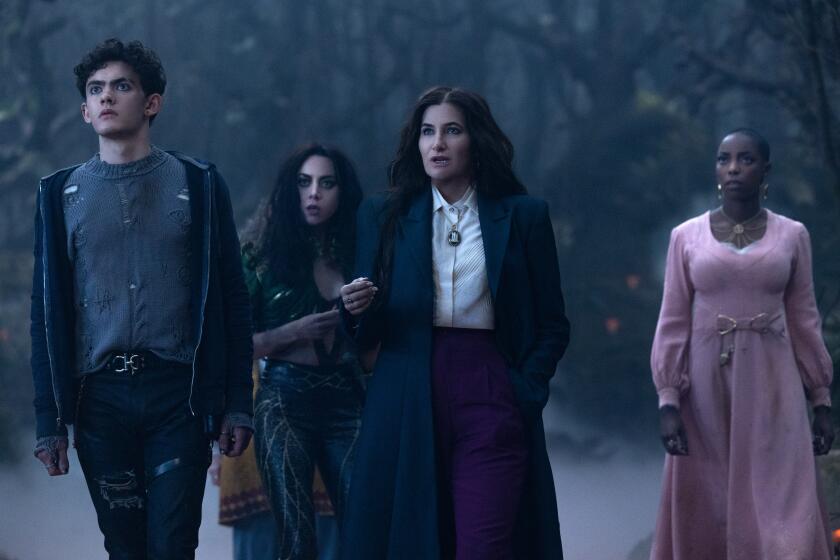Television review: ‘Circus’ on PBS
I think the circus must mean something different now than it did when I was a child, when clowns were not yet established as people to fear — they could be scary, sure, but the idea they were actually out to get you hadn’t yet become a pop cultural norm — and you still saw dancing poodles on prime-time TV. Indeed, among the first television shows I can remember was a thing called “International Showtime,” hosted by Don Ameche and featuring European circus acts. Yes, children, I am very old. But I am not going to explain to you who Don Ameche was.
FOR THE RECORD:
“Circus”: The review of “Circus” in the Nov. 3 Calendar section said that the six-hour documentary was directed by Maro Chermayeff and Jeff Dupre, the same people who made the 10-hour 2008 PBS documentary “Carrier.” It should have said they played key roles in the making of “Carrier” —Chermayeff as co-creator with Mitchell Block, director and one of the writers and executive producers; Dupre as one of the producers.
Yet the circus does still come to town, and if it is not quite the American dream it used to be, it is still a kind of convocation of dreamers, coming together in an atmosphere that is at once historically august, family friendly and not entirely respectable. The enduring appeal of that combination is the stuff of “Circus,” an absolutely lovely, six-hour series, premiering Wednesday on KCET, that looks at a year in the life of the New York-based. internationally known Big Apple Circus. It is not a survey of circuses, except as the participants in this particular circus happen to speak of them; but it puts you inside that world in a satisfying way. Most important, it is quite beautiful to see, photographed by Matthew Akers and Robert Hanna with a sensitivity to shape, light, color, movement, weather and the telling small detail.
It has been directed by the same people — Maro Chermayeff and Jeff Dupre, under the collective name Show of Force — who made the 10-hour 2008 PBS documentary “Carrier,” which went aboard the USS Nimitz as it deployed to the Persian Gulf. The two films are stylistic near kin, and there are thematic similarities as well. Each tells its story more in knit snippets than through extended scenes; each concerns people traveling together in close, but hierarchically separate quarters. Most have a sense of mission, some are escaping a worse life; they thrive, they fail. But the relative intimacy of the circus — with a crew of 150 versus 5,000 or so aboard the carrier — means that we see the shape of the institution more clearly, and see farther into it as well.
Even as the people in it surprise us — being you know, people — they are characters we seem to know, the sad clown; the exotic wire-walker; twin jugglers who are growing apart; aerialists struggling to complete a difficult trick, the ringmaster on the edge of retirement; the bearish guardian of the Big Top tent. They are like us, and yet so very not like us, and the directors have approached the performers almost as if this were a nature documentary, one of those films that shows you what amazing things hummingbirds and cheetahs can do. They do appear to possess the balance and agility of other species, though what is wonderful about them, of course, is that they are only human.
I found this most magical in the series’ earlier hours, when the troupe is still camped in the country, out of costume and assembling the new show. Apart from a surfeit of split screen effects and some overbearing soundtrack selections, I have no quarrel with this series at all, and wore a lump in my throat through much of it. If there is less drama in the later episodes, which have to do with economic survival and end-of-term leave-taking, it’s because we know that the circus will go on and that the partings may not be permanent. This world is a small one.
The complete guide to home viewing
Get Screen Gab for everything about the TV shows and streaming movies everyone’s talking about.
You may occasionally receive promotional content from the Los Angeles Times.




